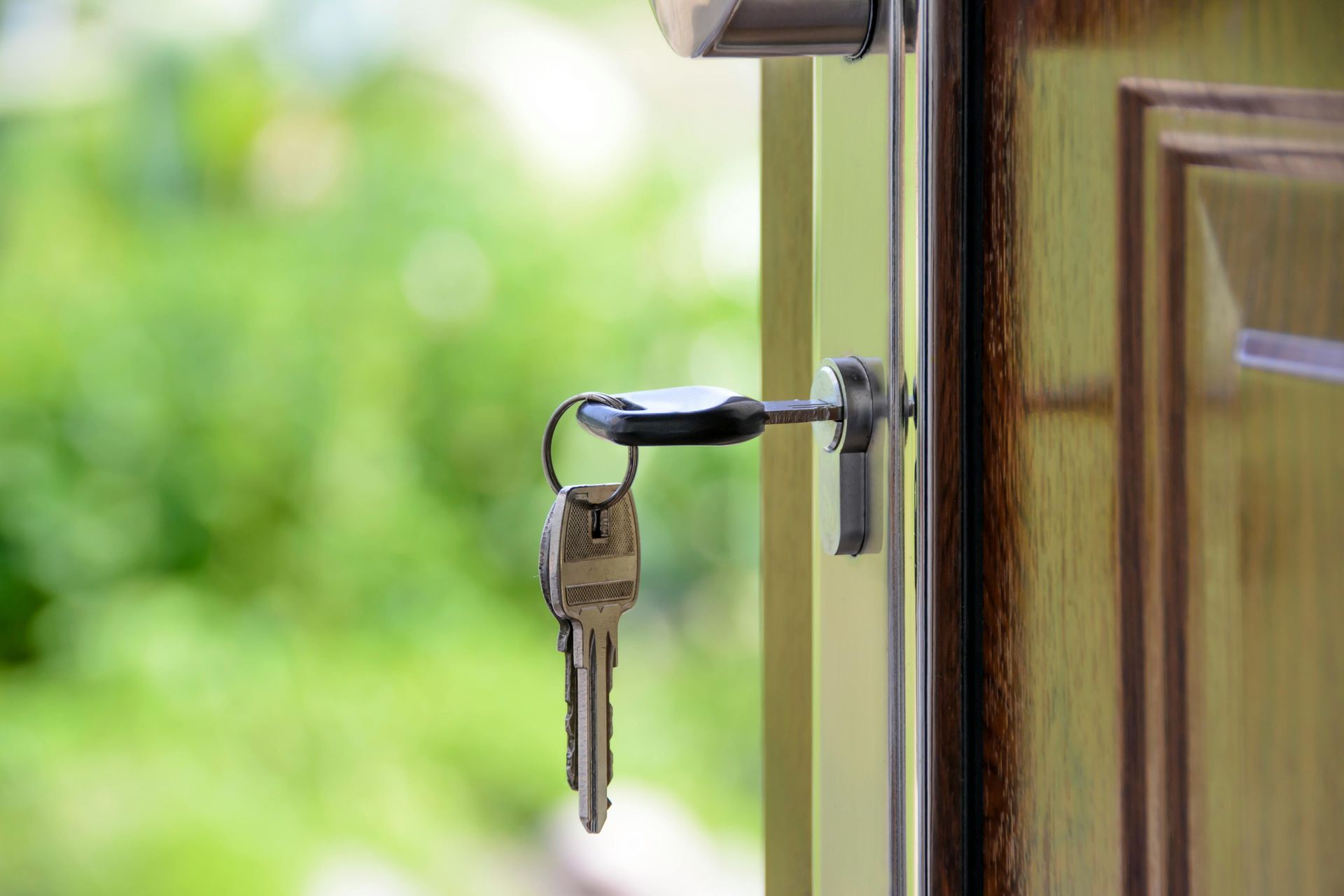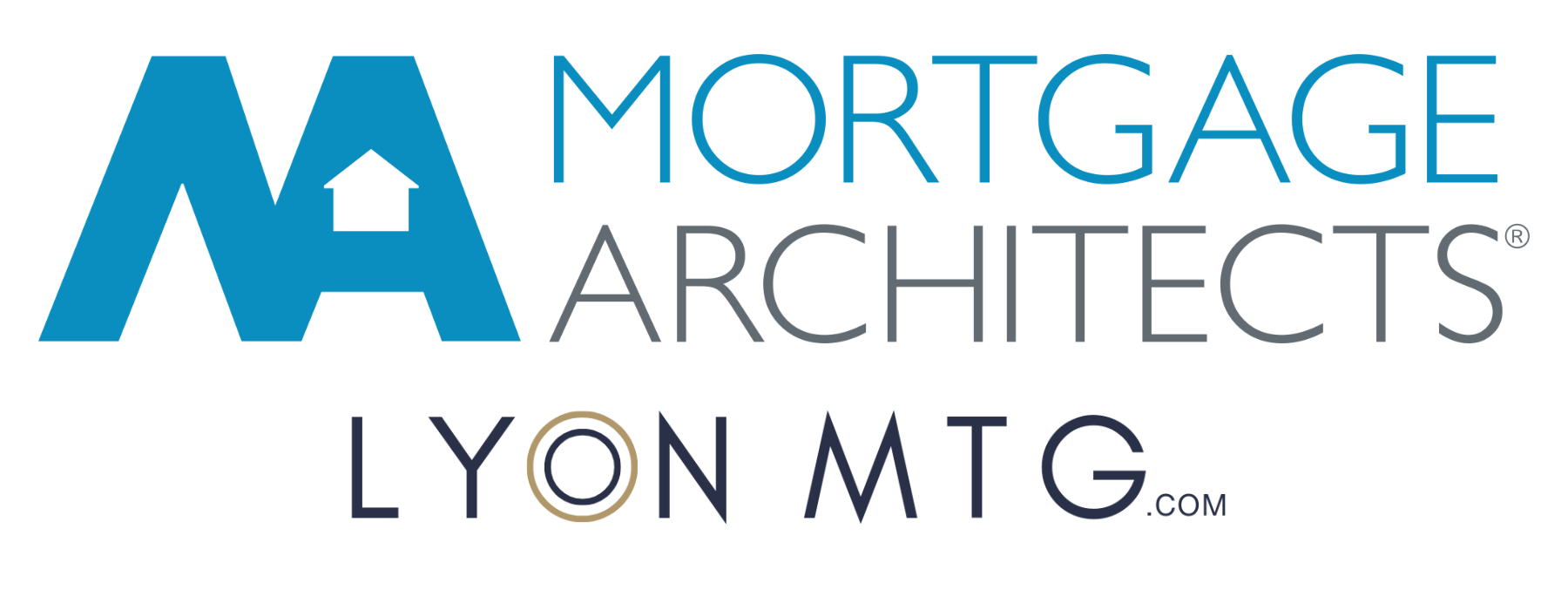Deposit vs. Down Payment in Canada: What’s the Difference and Why It Matters
If you're buying your first home—or even your second or third—there are dozens of terms flying around that sound similar but mean very different things. Two of the most commonly confused? Down payment and deposit.
They both involve money. They both happen during the buying process. But they serve completely different purposes, come due at different times, and mixing them up can create serious stress (and financial headaches).
This post breaks down what each term means, when the money is due, and how to avoid common mistakes that can cost you real dollars.
What is a Down Payment?
Your down payment is the portion of the home's purchase price that you pay out of pocket—before the mortgage kicks in. It's your initial equity in the property.
How it Works
Let's say you're buying a home for $500,000. You have $100,000 saved up, and you secure a mortgage for the remaining $400,000. That $100,000 you're contributing? That's your down payment. It represents 20% of the home's price.
Your down payment percentage matters because it determines whether you'll need to pay mortgage default insurance (also called CMHC insurance). If your down payment is less than 20% of the purchase price, you'll be required to purchase this insurance, which protects the lender in case you default on the loan. The insurance premium is added to your mortgage balance.
When its Due
Your down payment is due at closing, the day the transaction completes.
What is a Deposit?
Your deposit is an upfront amount you pay when you finalize your purchase agreement with the seller. It's a sign of good faith that shows you're serious about buying the home.
How it Works
When you make an offer on a home and it's accepted, you'll typically include conditions (called "subjects") like financing approval or a home inspection. Once those conditions are satisfied and you remove the subjects—meaning the deal is now firm and you're committed to buying—you pay the deposit.
The deposit is held in a trust account, usually by the selling realtor's brokerage, until the deal closes. At closing, your deposit is applied toward your down payment.
When its Due
The deposit is due when your offer goes firm, which happens at subject removal. This is typically within a few days to a couple of weeks after your offer is accepted, depending on the terms of your contract.
How much is it?
Deposits generally range around 5% of the home's purchase price, but the exact amount is negotiable and depends on the terms of your offer.
How Do They Work Together?
- The deposit is paid first, when subjects are removed and the offer is firm. It is part of your down payment.
- The rest of your down payment is due on closing, along with your closing costs.
Important Considerations
- Do not agree to a deposit that is larger than your actual down payment amount if you are planning a minimum down payment. A too-large deposit can create a cash crunch because the mortgage will not cover it. Coordinate with your realtor and plan for any gifts, investment sales, or other funds in advance.
- Make sure deposit funds are liquid and accessible for subject removal. They cannot be tied up in pending transfers or investments when you need to write the cheque or send the wire.
Real-World Example
Scenario: Purchase price $600,000
- Offer goes firm: You pay a 5 percent deposit of $30,000 into the listing brokerage’s trust account. This money is now committed to the deal and will be applied to your down payment at closing.
- Closing day: You planned a 10 percent total down payment of $60,000. Since you already paid $30,000 as the deposit, you bring the remaining $30,000 to your lawyer along with closing costs. Your mortgage funds the rest.
What can go wrong
If you only intended a 5 percent down payment but agreed to a 7 percent deposit, you would need extra cash quickly to meet that deposit. Avoid this mismatch.
Quick Summary
- Down payment: Your total contribution to the purchase, paid at closing. Sets your loan size and may affect insurance.
- Deposit: Good-faith money when your offer goes firm, sits in trust, and counts toward your down payment. Usually about 5 percent. Risk of loss if the deal does not complete.
- Pro tip: Align your deposit with your planned down payment and ensure funds are liquid on subject removal.
Next Steps
Planning a purchase and unsure how much to put down or how large your deposit should be? I can help you structure the numbers and the timing so you stay on track. Book a consultation or call 778-988-8409.
Glossary
Deposit: The good-faith amount you pay when your offer goes firm; held in trust and applied to your down payment at closing. Typically about 5 percent of the price.
Down Payment: The portion of the purchase price you pay out of pocket at closing; determines your mortgage size and may affect default insurance.
Equity: The difference between the value of your home and what you owe on your mortgage.
Mortgage Default Insurance: Insurance required on certain purchases based on down payment percentage; protects the lender, not the borrower.
Subject Removal: The point when all conditions in the offer are satisfied and the deal becomes firm, which is when the deposit is typically due.





